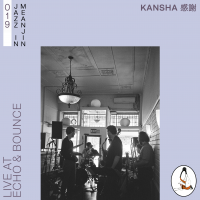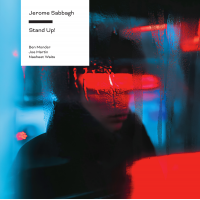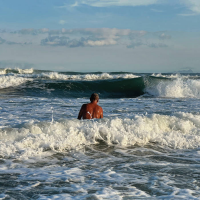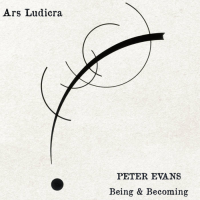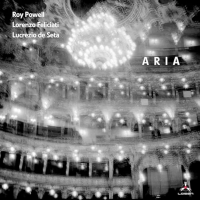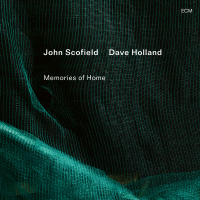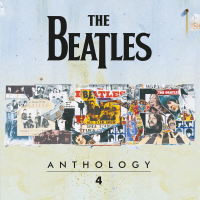Home » Jazz Articles » Album Review » Marilyn Crispell: Vignettes
Marilyn Crispell: Vignettes
With Vignettes, Crispell continues make beautiful music with an intensity that is breathtaking. The seventeen tracks sound of a piece, connected by a searching concentration, regardless of whether the individual piece is a free improvisation or one based on a composition.
The mood is set with the opening notes of "Vignette I" (the first of seven), which sound like a Debussy prelude. Every note is given meaning connecting to those around it, along with the space between, as Crispell brings her full concentration to the creation of the long line. Next is "Valse Triste," which seems directly connected to the late Romantics as the harmony under the melody continuously moves away from the expected.
The feeling that has been hidden, but building, becomes clear in the third piece, "Cuida Tu Espiritu" ("Take Care Of Your Spirit"). The opening measures strongly echo Johann Sebastian Bach, particularly in the appoggiatura on the opening note of the melody line, and the mood of his Goldberg Variations (BWV 988). This is not to say the piece is done in the Baroque style, although it keeps vacillating between romanticism and the Baroque. Rather, the mood and image of a solitary player, pouring out her soul to no one and nothing but the dark corners of the room, becomes etched in the mind's eye.
The level to which Crispell manages to communicate the opposites of melodic beauty and intellectual rigor as she plays on the knife edge separating the planned and learned from the spontaneous, is heightened to an almost unbearable degree in "Gathering Light." The music is continuously carried forward with an inescapable logic, sounding within her musical system just as Bach does in his. The effect and emotions are electrifying.
Demonstrating that intensity and musical line do not exist solely in the romantic realm, Crispell then plays four more short "Vignettes" that might vary widely in style, but all consist of the same connective tissue, just now compressed.
"Sweden," one of the longest tracks and at the album's center, condenses the various threads heard previously, but now technical virtuosity is added to the mix, as the line attempts to burst out from the control placed on it, only to be brought back home.
Vignettes is a new high point for Crispell as she continues her musical journey. By playing solo, she is free of any constraints, but there is nevertheless a clear connection to her work from ten years ago. Her music is very deep, pithy and sometimes coolly forbidding, but there is always the flame of melody to warm the heart.
Track Listing
Vignette I; Valse Triste; Cuida Tu Espiritu; Gathering Light; Vignette II; Vignette III; Vignette IV; Vignette V; Sweden; Once; Axis; Vignette VI; Vignette VII; Ballade; Time Past; Stilleweg; Little Song for My Father.
Personnel
Marilyn Crispell
pianoMarilyn Crispell: piano.
Album information
Title: Vignettes | Year Released: 2008 | Record Label: ECM Records
Tags
PREVIOUS / NEXT
Marilyn Crispell Concerts
Support All About Jazz
 All About Jazz has been a pillar of jazz since 1995, championing it as an art form and, more importantly, supporting the musicians who make it. Our enduring commitment has made "AAJ" one of the most culturally important websites of its kind, read by hundreds of thousands of fans, musicians and industry figures every month.
All About Jazz has been a pillar of jazz since 1995, championing it as an art form and, more importantly, supporting the musicians who make it. Our enduring commitment has made "AAJ" one of the most culturally important websites of its kind, read by hundreds of thousands of fans, musicians and industry figures every month.












